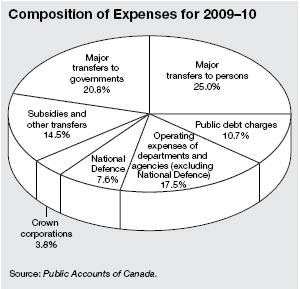The US government yesterday now allows drilling applications to take place in the Gulf of Mexico. There will be increased scrutiny with respect to contingency plans that will make the already expensive process even more so, but there will eventually be drilling back in the Gulf.
This nearly closes the saga on the BP oil spill – although you hardly hear of any further environmental consequences. The only story left will be a decade of litigation in court to determine who pays for the damages.
Be careful of people touting their horns – what I’m about to write will be a high magnitude of chest-beating.
Earlier, I gave a fairly accurate forecast of the financial consequences. I made a projection on June 16, after BP had cut its dividend, that if you were playing BP, one should purchase BP shares between $25 to $30/share. BP subsequently made it to $26.75/share, which would have resulted in a 65% fill. On July 15, stated that one should exit BP at $45 to $50/share (this is after it spiked up to $39/share), and July 27, I fine-tuned the price model to $42-47/share. I stated that BP should be around that price range by the end of the year.
Currently, BP is trading at $41.50/share, so it is within striking range of this price range where an investor should offload the shares. Indeed, the price risk from the oil spill has been mitigated to a degree from the stock, so investors in BP at this moment should be evaluating the company not with political risk in mind, but operational risk of the various businesses it controls around the world, and of course, the price of oil.
BP still looks undervalued strictly from an earnings and “price of oil” perspective – they have a huge amount of reserves and production going on, and will likely continue to make money in the foreseeable future. Analysts expect the company to earn about $6.51/share in 2011, which gives it a 6.4x P/E ratio, or about 15.7% yield from current earnings. By comparison, Exxon has a 9.7x P/E ratio on 2011 earnings. Even though it is an operational basket case, BP still looks dramatically undervalued.
Always keep in mind that analyst projects tell you what the market is pricing in – so in order to make money from the present, you have to believe the company will make more money than what the analysts are predicting. In theory, the analyst estimates are baked into the current stock price.
One prediction that has not come to fruition yet has been a June 16 prediction that the drillers will fare better than BP – right now, BP is leading the two drillers I selected by about one percent. When re-evaluating the drillers, I think BP is now the better deal.
There is a reason why I do not like large capitalization companies – many other eyeballs have spent time looking at the companies far longer than you have, which makes your potential advantage in properly valuing such companies to be less probable.

